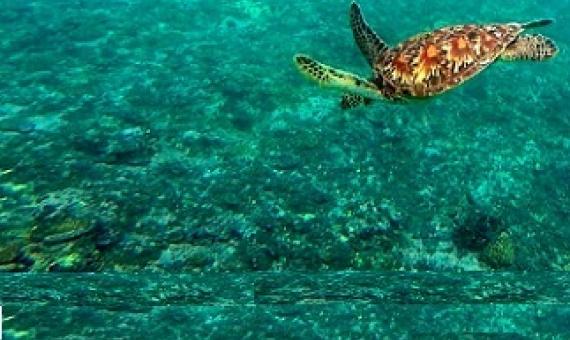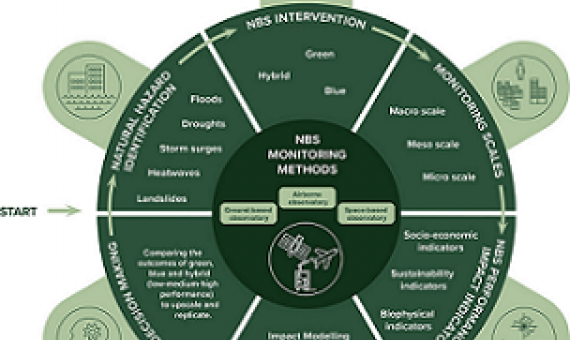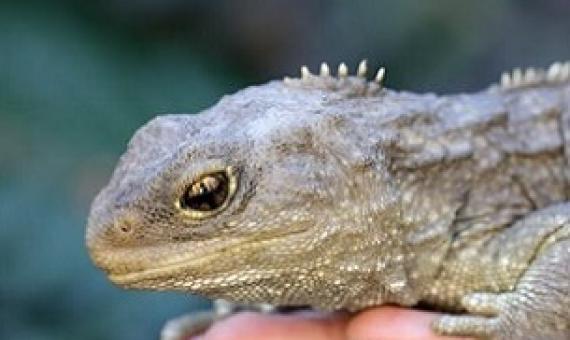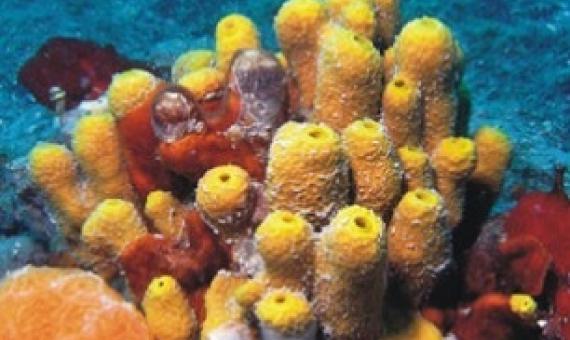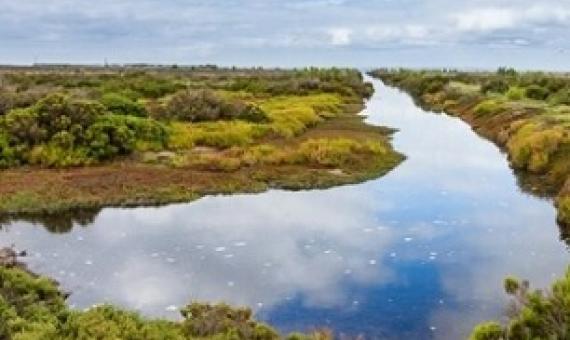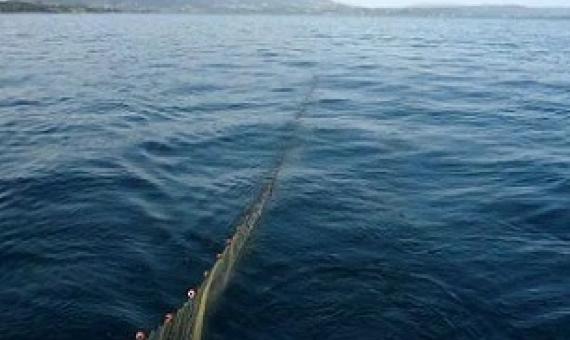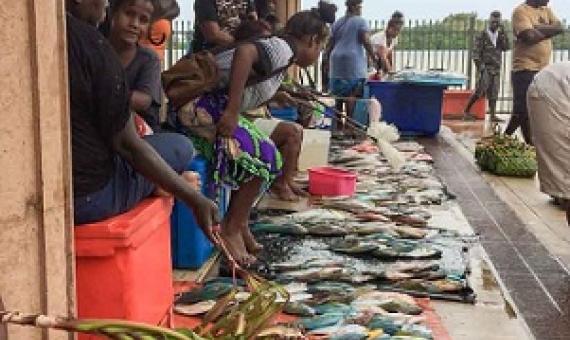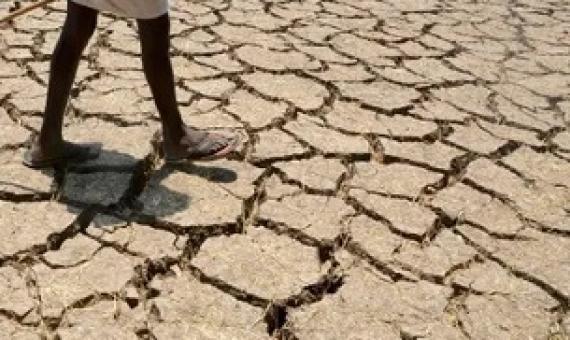Human activities and climate change threaten marine biodiversity worldwide, though sensitivity to these stressors varies considerably by species and taxonomic group.
Remote monitoring using airborne devices such as drones or satellites could revolutionize the effectiveness of nature-based solutions (NBS) that protect communities from devastating natural hazards such as floods, storms and landslides, say climate change experts from the University of Surrey.
Islands are biodiversity hotspots. They are home to 20% of the world's plants and animals yet cover only 5% of the global landmass. But island ecosystems are highly vulnerable, threatened by habitat fragmentation and introduced invasive weeds and predators.
Coastal ecosystems worldwide support an estimated 80% of the global annual fish catch and provide an estimated US$12 trillion in socio-economic benefits known as “ecosystem services,” so it’s vital to understand how their characteristics influence how they are changing.
Engineers from UNSW Sydney have designed and built a system that biomimics tides to help restore vital coastal wetlands.
Custodians of the globe’s blue carbon assets
Over the last decades scientists have discovered that seagrass meadows, tidal marshes, and mangroves – “blue carbon” ecosystems – are among the most intensive carbon sinks in the biosphere. By sequestering and storing significant amounts of carbon from the atmosphere and ocean, blue carbon ecosystems help mitigate climate change. But conversion and degradation of these ecosystems can also release billions of tons of CO2 and other greenhouse gases into the ocean and atmosphere and contribute to global warming.
Protecting areas of ocean from destructive human activity could help prevent climate change, protect biodiversity, and at the same time increase the catch of fish, according to the most comprehensive analysis of its kind.
In recent times, communities in the Western Province of Solomon Islands have seen a drastic decrease in fish numbers in their common fishing grounds. Two coastal communities that rely on the ocean for survival are Nusa Baruku, on Gizo Island, and Babanga...The communities need assistance fro
Trees lost to drought and wildfires are not returning.
The climate crisis is pushing the planet’s tropical regions towards the limits of human livability, with rising heat and humidity threatening to plunge much of the world’s population into potentially lethal conditions, new research has found.

